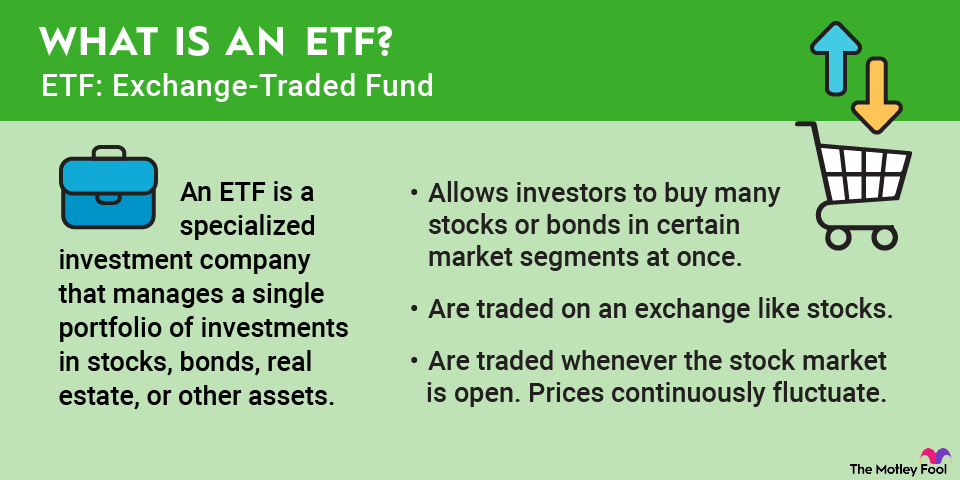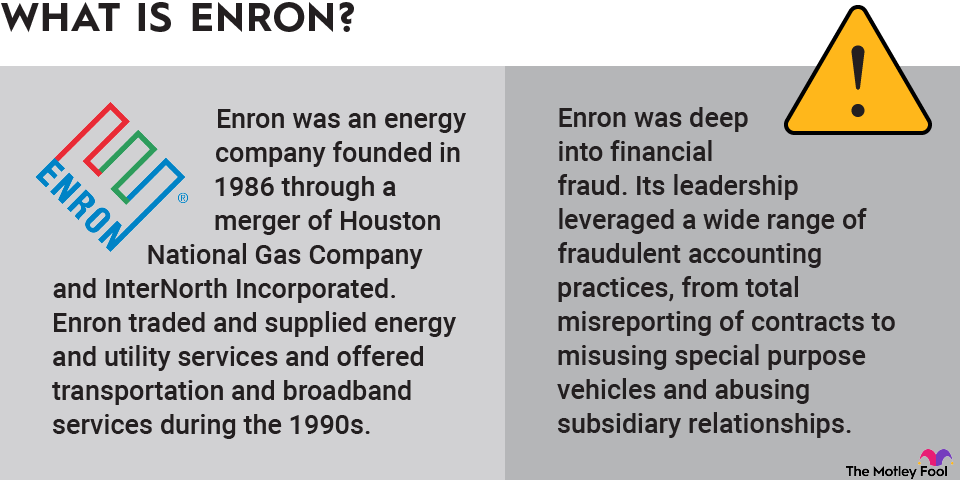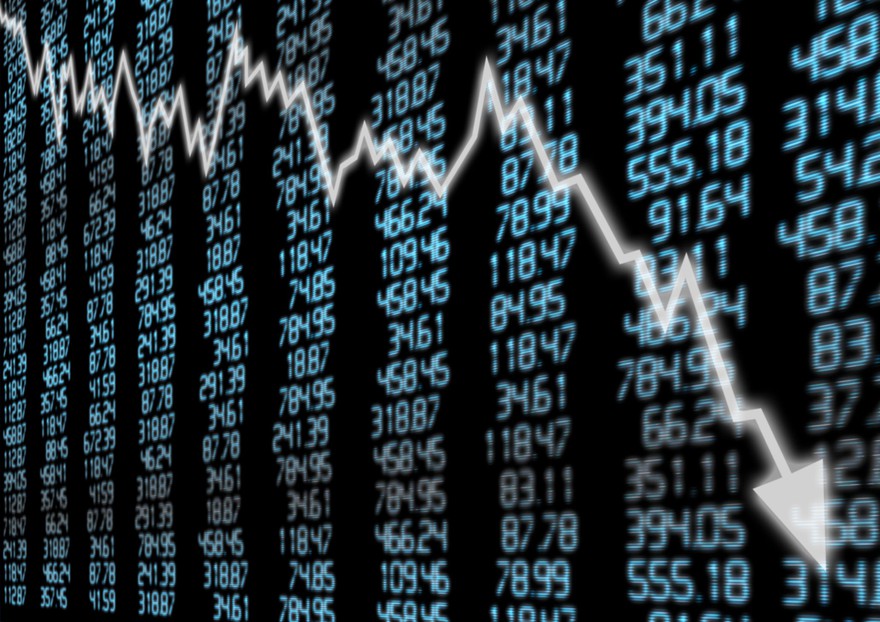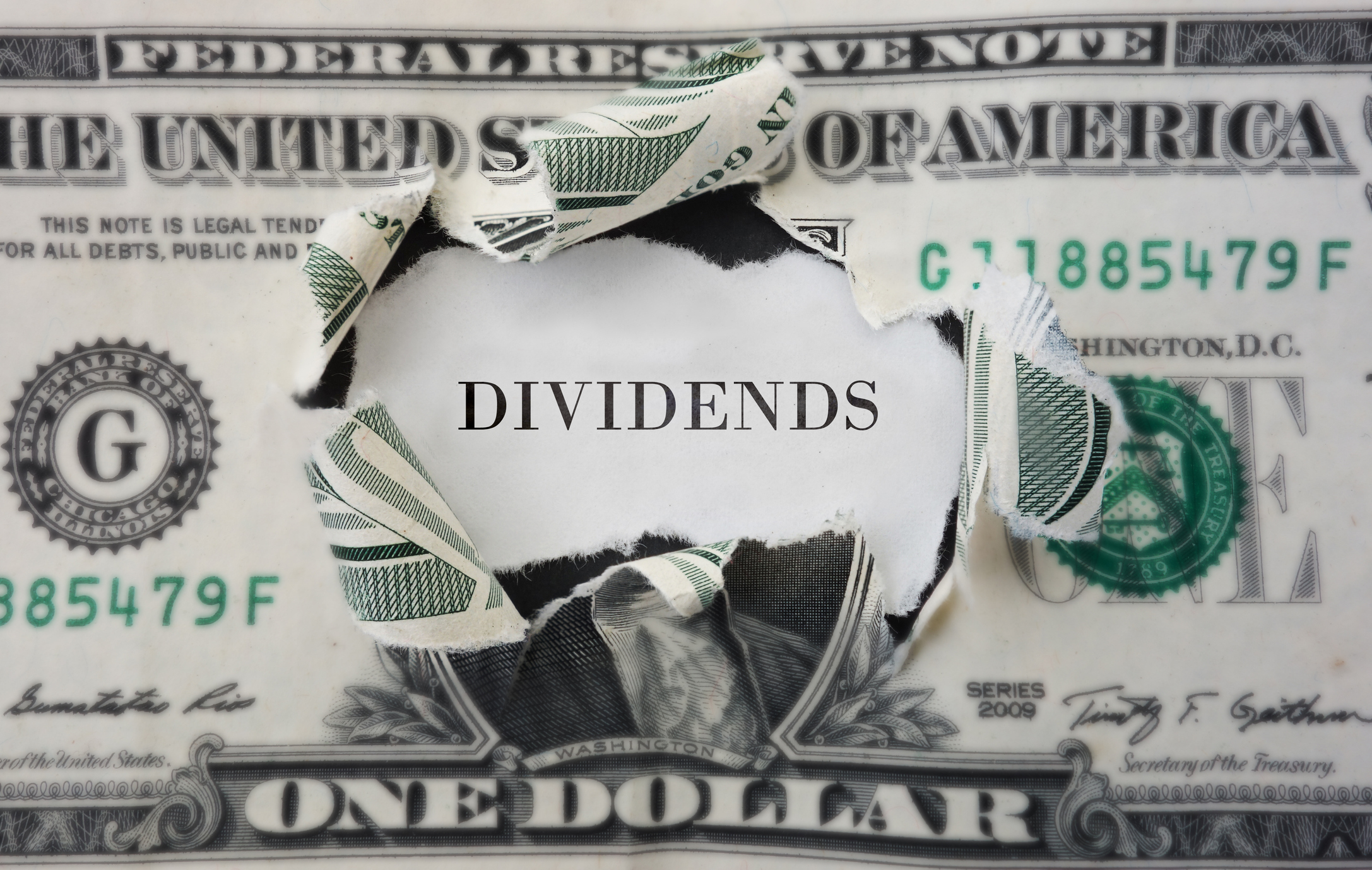If you're a bond investor, knowing just how much money you're earning -- or could be earning -- is an important part of the equation. One such measure, called the effective annual yield, can help you decide if a bond is right for you.

What is the effective annual yield?
Also known simply as "effective yield," the effective annual yield for a bond is the total return on a bond when you assume that interest payments are invested at the same interest rate that the bond itself returns. This allows you to take into consideration the effect of compounding, as well as the interest rate itself.
The effective annual yield is sort of an ideal measurement of what your bond could produce, if the stars align properly. Since you're assuming the same return from the place you're investing your bond's interest payments, you may grossly over or underestimate what's possible using the effective annual yield. This is why it's important to consider other metrics, as well.
Effective annual yield versus bond equivalent yield
There are lots of different kinds of bonds, many that don't pay interest periodically. These bonds, known as zero-coupon bonds, are instead discounted significantly and pay their interest at maturity.
Since there's no interest paid periodically, there's no effective annual yield. Instead, the return on these bonds is estimated using the bond equivalent yield. Since they're typically very short-term bonds, this is a way to approximate their annual yield if they lasted that long, allowing you to compare them to longer-term bonds.
The bond equivalent yield, then, is only a measure of the initial interest returned to the investor from the bond; the effective annual yield approximates the additional interest the interest coming from the bond could yield, if it were reinvested. Although the two sound similar, there's a world of difference.
Calculating effective annual yield
You can estimate the effective annual yield with a relatively simple formula.
Effective annual yield = [1 + (r/n)]^n - 1
In the formula:
r = nominal rate (the interest rate the bond itself is producing)
n = number of payments per year
If you have a bond that pays a 5% coupon twice yearly, you'd calculate the effective annual yield like this:
EAY = [1 + (0.05/2)]^2 - 1
EAY = [1 + (0.025)]^2 -1
EAY = (1.025)^2 -1
EAY = 1.0506 - 1
EAY = 0.0506 or 5.06%
Related investing topics
Why effective annual yield matters to investors
If you're a bond investor, effective annual yield tells you what's possible with your bond, if you play all your cards right and interest rates remain steady. Those are some big "ifs," but financial modeling is hardly perfect and rarely can account for unforeseeable things like changes in interest rates. So, we do the best we can.
Knowing that your total annual return on your bond will be 5.06% versus the 5% that you'd just get on the bond can help you decide what to do with your bond interest, or if bonds are even right for you. If you're happy with a total 5.06% return on a safe investment vehicle that requires almost no input from you, then you know what your options are long before you even buy the bond.
Depending on the length of the bond, you'll want to look at other ways of considering the yield of the bond, as well as any additional gains you may receive at the bond's maturity. Effective annual yield is only a place to start. It's not the last equation you'll need to determine if bonds are going to be right for your portfolio.



















